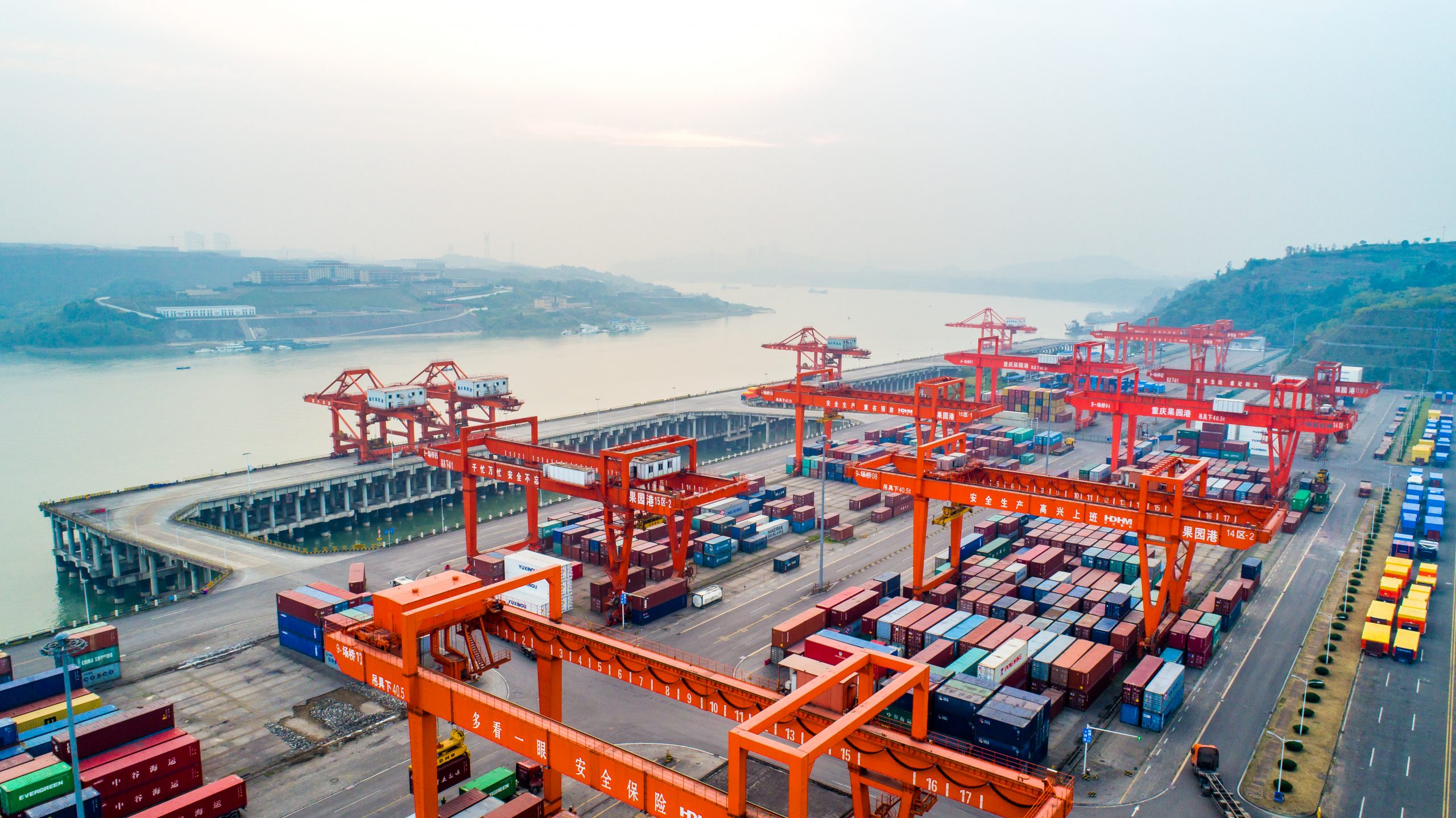
Marine auxiliary equipment refers to any movable but non consumer goods used on board except for ship spare parts. Marine equipment mainly includes rudder equipment, anchor equipment, mooring equipment, towing equipment, cargo handling equipment, life-saving equipment, closing equipment, piping, outfitting, bilge water system, ballast system, daily water system, fire fighting equipment, ventilation, air conditioning and refrigeration equipment, etc.
The scale of China’s shipbuilding supporting industry has greatly increased. The total output value of the shipbuilding supporting industry has increased from 24.9848 billion yuan to 71.61 billion yuan, and the total industrial output value has reached 48.1 billion yuan, up 27.5% year on year. There are 724 manufacturing enterprises of marine auxiliary equipment above designated size in China, including 4 large enterprises, 41 medium-sized enterprises and 679 small enterprises. The supporting enterprises have nearly 105000 employees. A number of highly competitive ship supporting equipment manufacturing enterprises have been formed.
The localization rate of ship accessories in China has reached 54%, which is still a big gap compared with the level of Japan and South Korea of more than 85%. Except that the localization rate of auxiliary equipment such as ship power system and devices, deck machinery, marine sun fittings and so on exceeds 50%, the localization rate of other marine equipment is generally low. The localization rate of electronic and electrical equipment is 13.31%, the localization rate of cabin equipment is about 18.8%, the localization rate of communication navigation and automation system is only 1.66%, and the localization rate of stern shaft sealing device, marine elevator, loading and unloading machinery pump air compressor, seawater desalination device, air conditioning and refrigeration equipment Communication navigation control system, electronic and electrical equipment and other supporting equipment are mainly imported. The supporting capacity of marine diesel engines for two wheels is still insufficient, and excellent components such as supercharger, electronic governor, oil mist detector, alpha oiler, electronic control module, thin-walled bearing bush control system valves still rely on imports.
For a long time, China’s ship supporting equipment has basically been produced by introducing licenses or cooperating with foreign countries, and domestic enterprises lack core independent technology. Supporting enterprises mainly rely on R&D investment, and independent investment is insufficient; In order to meet the needs of the rapid development of the shipbuilding industry, supporting enterprises are committed to expanding production capacity, but do not attach great importance to independent research and development. Compared with the advanced supporting enterprises in Japan and South Korea, China’s ship supporting enterprises have not digested the introduced technology enough, and their independent research and development capacity is seriously insufficient. In terms of marine low-speed diesel engines, Japan Sanjiang Heavy Industry has independently developed UEC type marine low-speed engines. South Korean low-speed engine enterprises and brick merchants have jointly designed and established their own research and development testing platform. China’s independent research and development of marine low-speed engines is still in its infancy. In the field of deck machinery and cabin machinery, there are few scientific research achievements and products with independent intellectual property rights. A large number of high-tech and high-value added products are monopolized by foreign manufacturers, and domestic capabilities exist.
From the perspective of regional distribution, the main supporting enterprises tend to gather in large shipbuilding bases, forming four supporting clusters in the Yangtze River Delta, Chongqing Hubei, Bohai Rim and Pearl River Delta; From the perspective of the nature of the enterprise, the pattern of common development of the three camps of state-owned, private and joint ventures has been basically formed; From the perspective of product classification, a production base focusing on low-speed diesel engines, propellers and valves has been formed with Dalian, Shanghai and Qingdao as the centers, a production base focusing on high-speed diesel engines and generator sets with Xi’an and Luoyang as the centers, a production base focusing on marine machinery and small and medium-sized ships with Nanjing as the center, and a production base focusing on decks, machinery, crankshafts and large castings and forgings with Wuhan as the center, The production base of diesel engine two wheel supporting products, marine instruments and meters centered in Chongqing.
